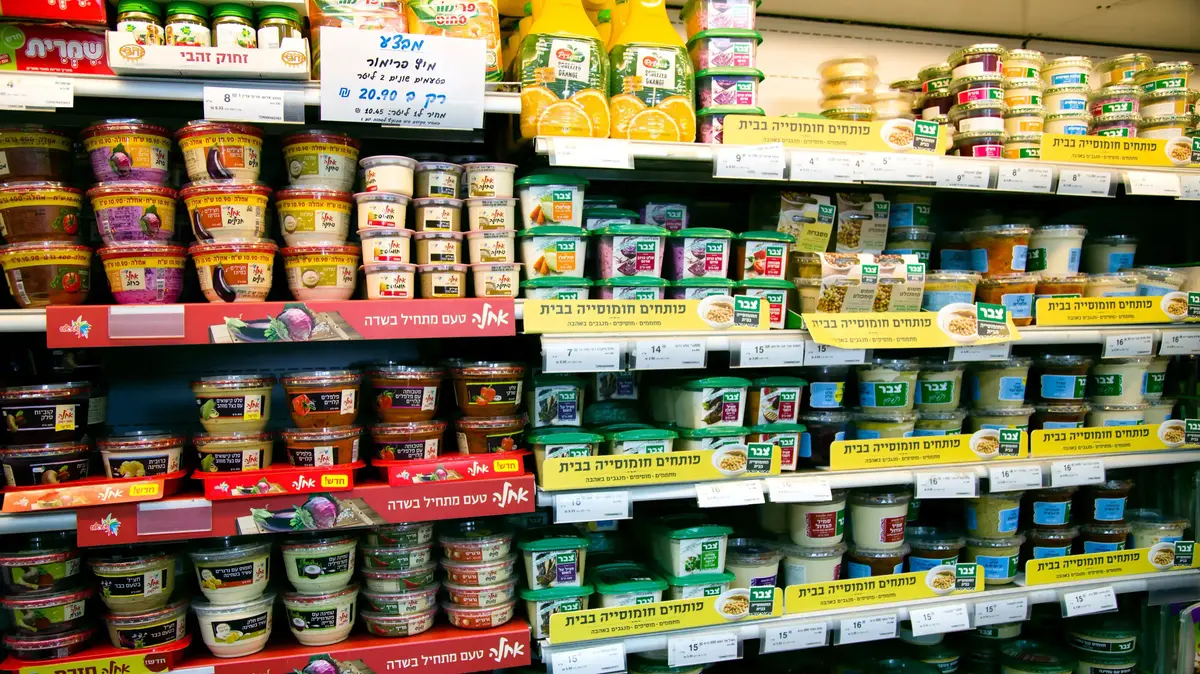Code name: "shrinkflation".
Behind this English barbarism (contraction of reduction and inflation) hides the recipe of food and consumer products manufacturers to limit the impact of soaring costs (raw materials, packaging, transport) without having to raise prices too much.
The method is tricky to use, because consumers, if they learn it, risk seeing it as a hoax.
However, manufacturers no longer hesitate to use it.
Very discreetly in front of their clients, less with financial analysts.
In October, Alan Jope, CEO of Unilever, announced to his investors that his group was reviewing the “price packaging architecture” of its ranges:
“The classic example is less filling of a container for the same price. or a much larger packaging, but at a higher price, ”
he detailed, being careful not to specify which markets and brands were concerned.
The group wants to avoid the disappointment encountered
a few years ago: it had compressed its Ax and Dove deodorants, raising the concern of some consumers.
Read also
The soaring costs turn into a puzzle for the consumer giants
“Shrinkflation” does not only take the form of a reduction in formats, as the Swiss Toblerone did a few years ago by removing a triangle from its famous chocolate bars.
Manufacturers are also absorbing rising costs by changing recipes and product composition to use cheaper ingredients.
Procter & Gamble (Ariel, Pampers, Gilette) recognizes doing so in Europe,
"by reformulating certain products and alternating between different suppliers, without affecting the quality of our brands".
A taboo topic
Mondelez (Oreo, Lu, Milka) claims to refuse to do so on its iconic products.
Like many of its rivals, the group relies on innovation, with products that customers are willing to pay more for.
Shrinkflation remains a taboo subject.
Caught in the act, brands are often justified by the need to return to more reasonable portions, the use of more effective components or even by simpler but just as nutritious recipes ...
See also
La Poste is investing to boost its parcel activity
In some markets, customers are particularly sensitive to this risky method, starting with France.
"We do not see for the moment of multiplication of references which would suggest that the brands resort massively to this strategy to absorb the inflation of their costs"
, according to Emily Mayer, of the panelist Iri. Some manufacturers believe that they have more to lose.
"The 2 or 3% that we would gain in margin would be lost in costs to change the bar codes and the industrial tool",
assures Jérôme Foucault, president of Adepale, which brings together manufacturers of processed food products.
But the temptation is there.
"The reduction in quantities is indeed part of the strategies to amortize costs",
recognizes a food manufacturer
.
In this context, some assume to reduce the format more clearly… but at a higher price per kilo.
A way to stay in the Caddy of customers,
"who in times of high inflation, themselves reduce the size of their products",
details Emily Mayer.







/cloudfront-eu-central-1.images.arcpublishing.com/prisa/36G4ANCQ6RFRHGVVT4A7VRWFTM.jpg)







